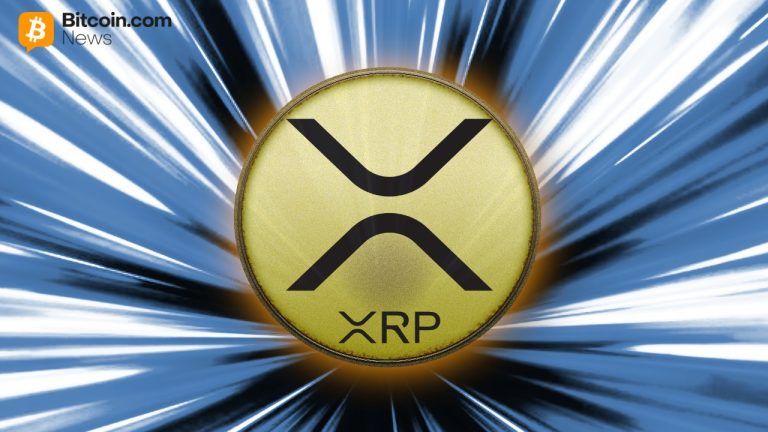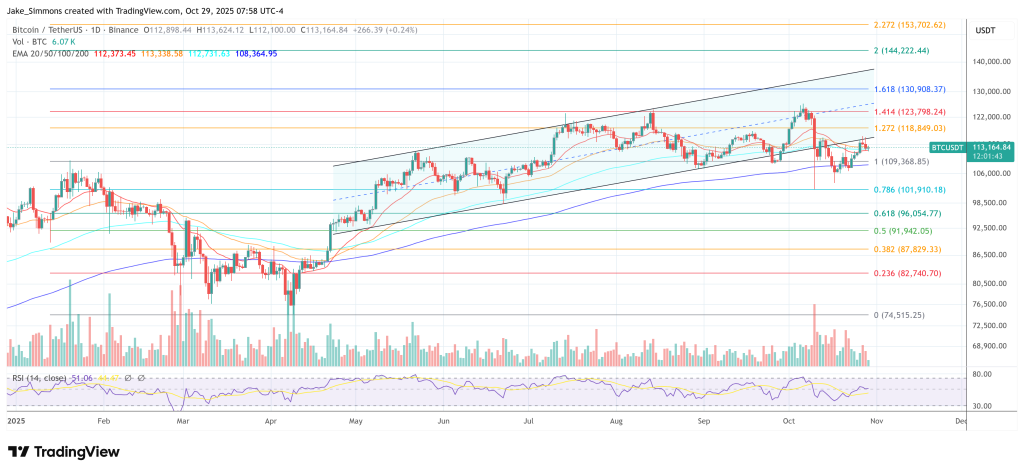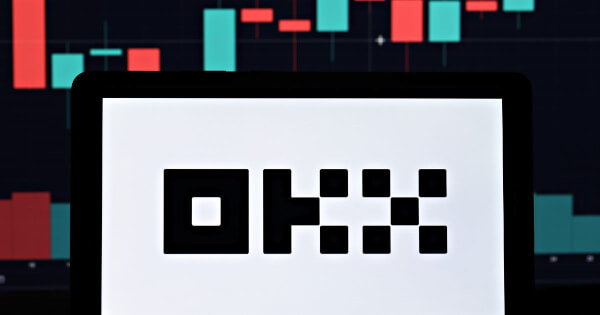Root Cause Analysis (RCA) Report: Mt. Gox Bitcoin Exchange Crash
Incident Summary:
Mt. Gox was one of the largest Bitcoin exchanges, handling over 70% of all Bitcoin transactions worldwide by early 2014. The crash of Mt. Gox in February 2014 led to the loss of approximately 850,000 Bitcoins, worth around $450 million at the time. This incident significantly impacted the cryptocurrency market and highlighted security vulnerabilities in the ecosystem.
Incident Date: February 2014
Location: Tokyo, Japan (Headquarters of Mt. Gox)
Impacted System: Mt. Gox Bitcoin Exchange Platform
Incident Duration: Several years (culminating in the 2014 crash)
Lost Value: 850,000 Bitcoins (~$450 million at the time)
1. Root Cause:
The root cause of the Mt. Gox crash was the prolonged and systematic exploitation of security vulnerabilities in the platform's software. These vulnerabilities allowed attackers to drain funds from the exchange over several years. Specifically, the primary cause was a flaw in the handling of Bitcoin transactions known as "transaction malleability."
1.1 Transaction Malleability:
- Definition: Transaction malleability is a bug in the Bitcoin protocol where the transaction ID (TxID) can be altered without invalidating the transaction itself.
- Impact: Mt. Gox's systems relied on the TxID to track transactions. Attackers exploited this flaw to alter the TxID after a withdrawal request was made, leading the Mt. Gox system to believe the transaction had failed, prompting it to resend the funds, resulting in double withdrawals.
- Duration: This vulnerability was exploited from as early as 2011, leading to the cumulative loss of a significant amount of Bitcoin.
2. Contributing Factors:
Several factors contributed to the extent and impact of the crash:
2.1 Lack of Security Audits:
- Mt. Gox did not conduct regular, comprehensive security audits. This allowed the transaction malleability issue and other vulnerabilities to go undetected for a prolonged period.
2.2 Poor Software Development Practices:
- The exchange was initially created as a platform for trading Magic: The Gathering cards, not for handling cryptocurrency. The platform's software was not initially designed with the necessary security protocols and robust architecture required for a financial exchange handling large volumes of digital assets.
2.3 Inadequate Monitoring and Alert Systems:
- The internal monitoring systems at Mt. Gox failed to detect the ongoing loss of funds. There was a lack of real-time alerting mechanisms to flag unusual patterns of withdrawals or discrepancies in account balances.
2.4 Weak Internal Controls:
- The company lacked strong internal controls, such as multi-signature withdrawals, regular reconciliation of accounts, and separation of duties. This allowed for unchecked withdrawal processes and made it difficult to detect the theft.
2.5 Inexperienced Management:
- The CEO, Mark Karpelès, had a limited background in financial systems and security. His management decisions contributed to the delayed response to the vulnerabilities and the eventual collapse of the exchange.
3. Failure Points:
- Software Vulnerability: The exploitation of transaction malleability directly led to significant financial losses.
- Lack of Detection Mechanisms: The absence of effective monitoring and detection systems allowed the theft to continue unchecked for years.
- Inadequate Response: When issues were detected, the response from the management was slow and ineffective, exacerbating the losses.
4. Consequences:
- Financial Loss: 850,000 Bitcoins were lost, with only around 200,000 recovered later. This represented a significant portion of all Bitcoins in existence at the time.
- Market Impact: The crash led to a sharp decline in Bitcoin prices and eroded trust in cryptocurrency exchanges.
- Legal Repercussions: Mt. Gox filed for bankruptcy, and multiple lawsuits were filed against the company and its management.
- Regulatory Changes: The incident prompted increased scrutiny and calls for regulation of cryptocurrency exchanges globally.
5. Corrective Actions:
- Improved Security Measures: Implementation of security best practices, including multi-signature wallets, regular audits, and real-time transaction monitoring.
- Enhanced Protocols: The Bitcoin community worked to address the transaction malleability issue, leading to protocol improvements.
- Regulatory Oversight: Increased regulatory oversight of cryptocurrency exchanges to prevent similar incidents in the future.
6. Lessons Learned:
- Importance of Security in Financial Systems: Cryptocurrency exchanges must prioritize security and regularly audit their systems to prevent vulnerabilities from being exploited.
- Need for Transparency and Accountability: Transparent operations and accountability in management are crucial to maintaining trust in financial systems.
- Proactive Risk Management: Companies handling digital assets must have robust risk management practices, including contingency planning and real-time monitoring of transactions.
End of Report
[link] [comments]

You can get bonuses upto $100 FREE BONUS when you:
💰 Install these recommended apps:
💲 SocialGood - 100% Crypto Back on Everyday Shopping
💲 xPortal - The DeFi For The Next Billion
💲 CryptoTab Browser - Lightweight, fast, and ready to mine!
💰 Register on these recommended exchanges:
🟡 Binance🟡 Bitfinex🟡 Bitmart🟡 Bittrex🟡 Bitget
🟡 CoinEx🟡 Crypto.com🟡 Gate.io🟡 Huobi🟡 Kucoin.

















Comments